Preoperative cerebral oxygenation in high-risk noncardiac surgical patients: an observational study on postoperative mortality and complications
- PMID: 36607530
- PMCID: PMC10175352
- DOI: 10.1007/s10877-022-00964-5
Preoperative cerebral oxygenation in high-risk noncardiac surgical patients: an observational study on postoperative mortality and complications
Abstract
Near Infrared Spectroscopy (NIRS) has become widely accepted to evaluate regional cerebral oxygen saturation (rScO2), potentially acting as a surrogate parameter of reduced cerebral oxygen delivery or increased consumption. Low preoperative rScO2 is associated with increased postoperative complications after cardiac surgery. However, its universal potential in pre-anesthesia risk assessment remains unclear. Therefore, we investigated whether low preoperative rScO2 is indicative of postoperative complications and associated with poor outcomes in noncardiac surgical patients. We prospectively enrolled 130 patients undergoing high-risk noncardiac surgery. During pre-anesthesia evaluation, baseline rScO2 was recorded with and without oxygen supplementation. The primary endpoint was 30-day mortality, while secondary endpoints were postoperative myocardial injury, respiratory complications, and renal failure. We further evaluated the impact of body position and preoperative hemoglobin (Hb) concentration on rScO2. Of the initially enrolled 130 patients, 126 remained for final analysis. Six (4.76%) patients died within 30 postoperative days. 95 (75.4%) patients were admitted to the ICU. 32 (25.4%) patients suffered from major postoperative complications. There was no significant association between rScO2 and 30-day mortality or secondary endpoints. Oxygen supplementation induced a significant increase of rScO2. Furthermore, Hb concentration correlated with rScO2 values and body position affected rScO2. No significant association between rScO2 values and NYHA, LVEF, or MET classes were observed. Preoperative rScO2 is not associated with postoperative complications in patients undergoing high-risk noncardiac surgery. We speculate that the discriminatory power of NIRS is insufficient due to individual variability of rScO2 values and confounding factors.
Keywords: Monitoring perioperative; Near infrared spectroscopy; Preoperative anesthetic assessment; Risk evaluation.
© 2023. The Author(s).
Conflict of interest statement
The authors have no conflict of interest.
Figures
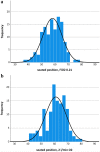

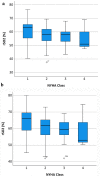
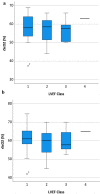
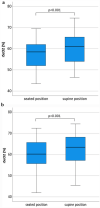
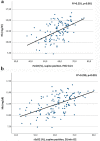
References
-
- Paarmann H, Heringlake M, Heinze H, Hanke T, Sier H, Karsten J, Schön J. Non-invasive cerebral oxygenation reflects mixed venous oxygen saturation during the varying haemodynamic conditions in patients undergoing transapical transcatheter aortic valve implantation. Interact Cardiovasc Thorac Surg. 2012;14:268–72. doi: 10.1093/icvts/ivr102. - DOI - PMC - PubMed
Publication types
MeSH terms
Substances
LinkOut - more resources
Full Text Sources
Medical
Miscellaneous

